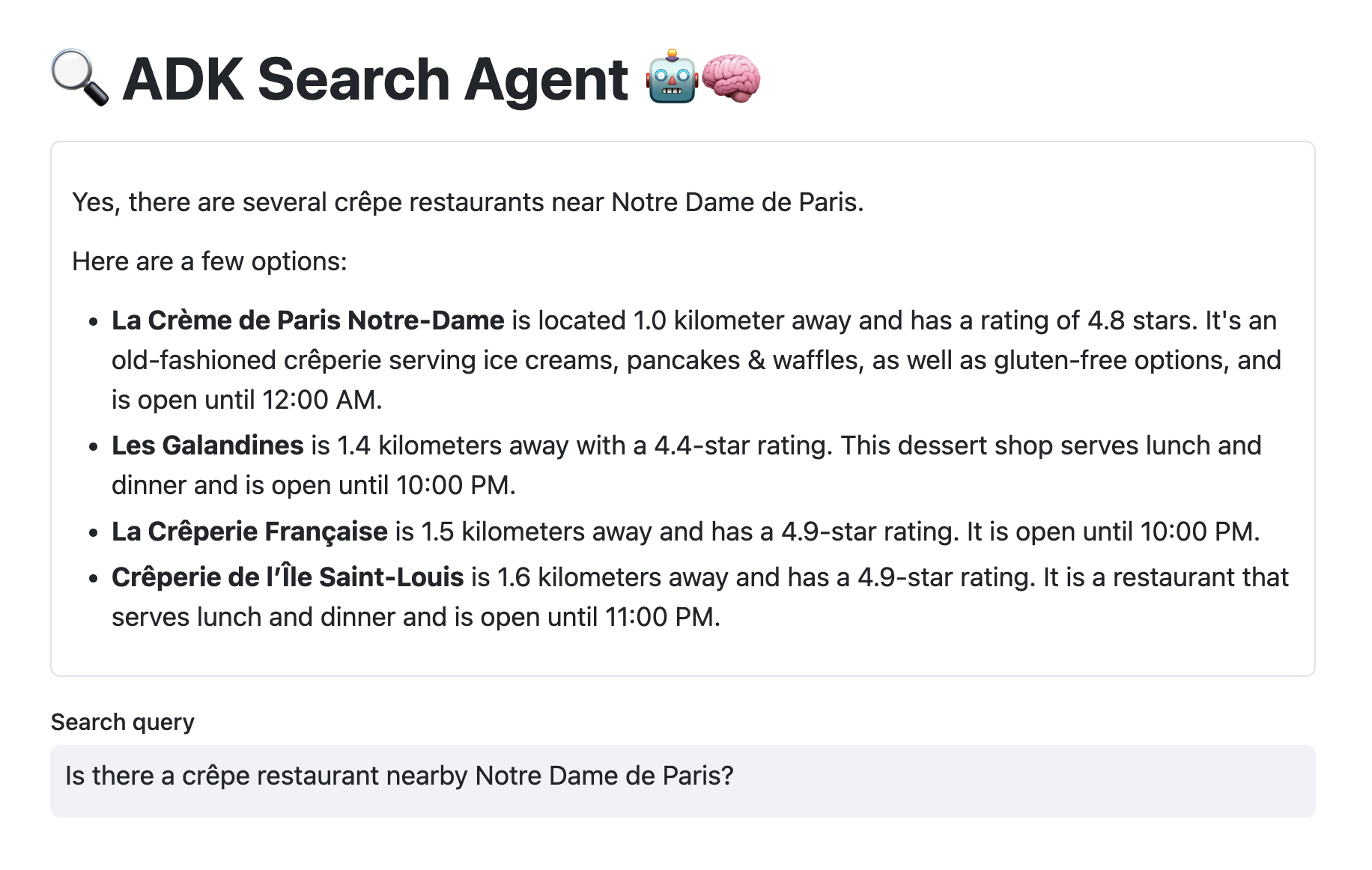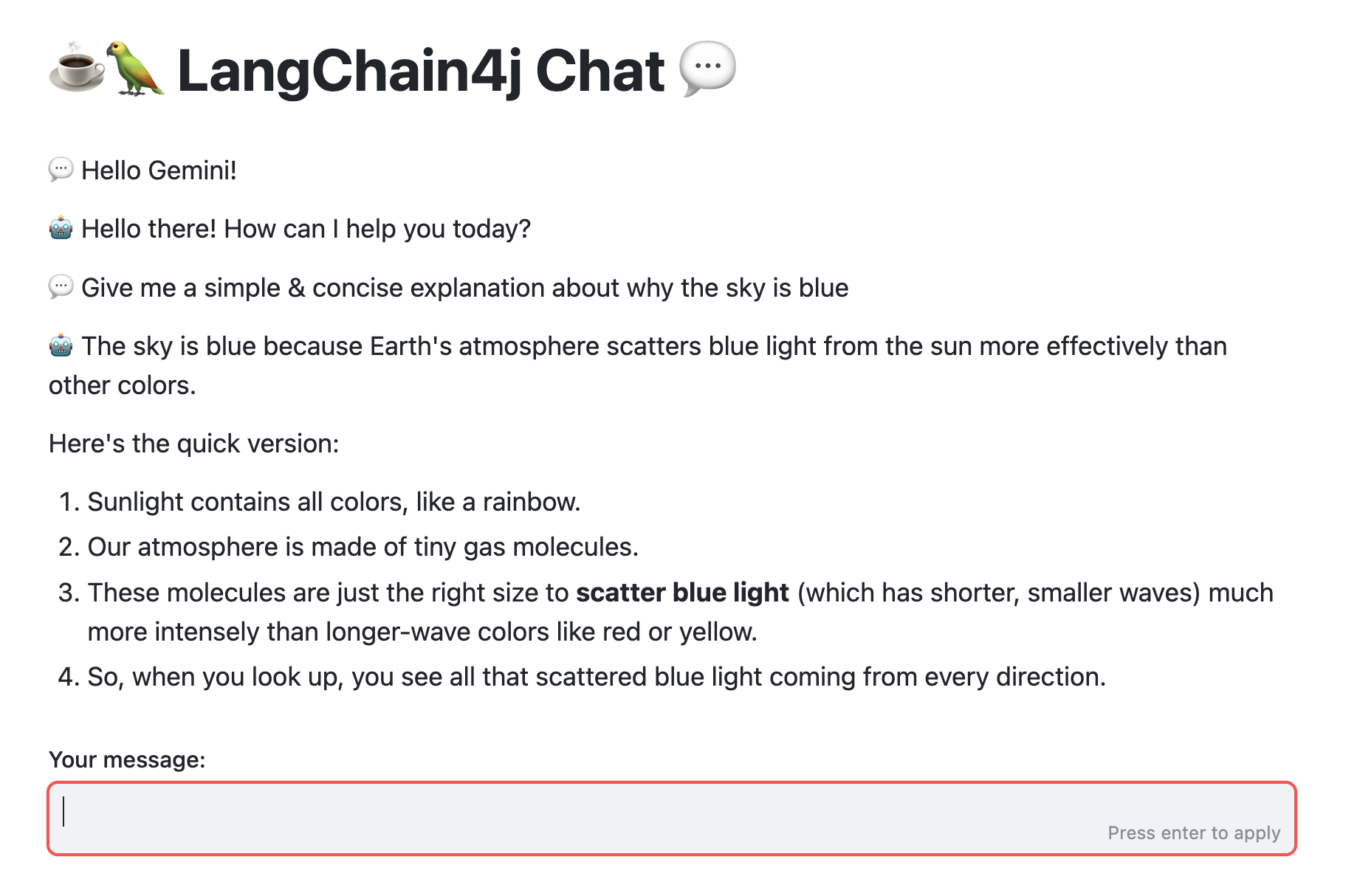Gemini Is Cooking Bananas Under Antigravity
What a wild title, isn’t it? It’s a catchy one, not generated by AI, to illustrate this crazy week of announcements by Google. Of course, there are big highlights like Gemini 3 Pro, Antigravity, or Nano Banana Pro, but not only, and this is the purpose of the article to share with you everything, including links to all the interesting materials about those news.
Gemini 3 Pro
The community was eagerly anticipating the release of Gemini 3. Gemini 3 Pro is a state-of-the-art model, with excellent multimodal capabilities, advanced reasoning, excellent at coding, and other agentic activities.
Read more...

